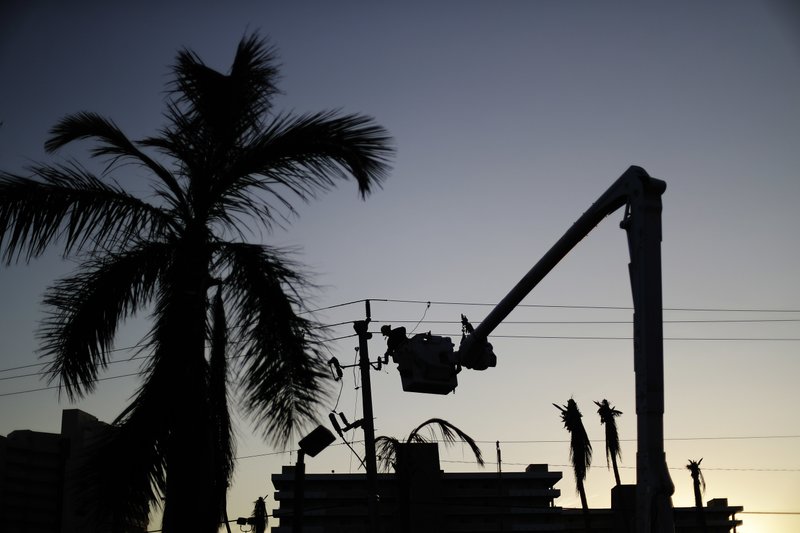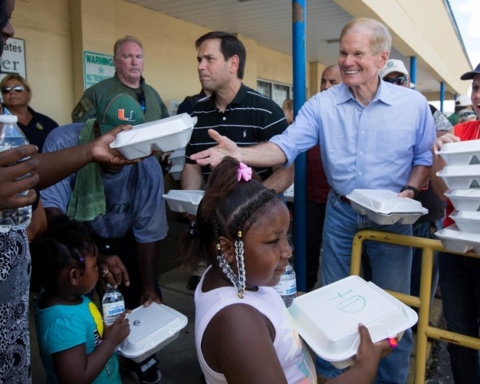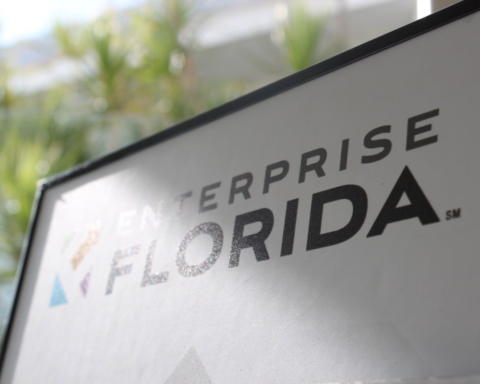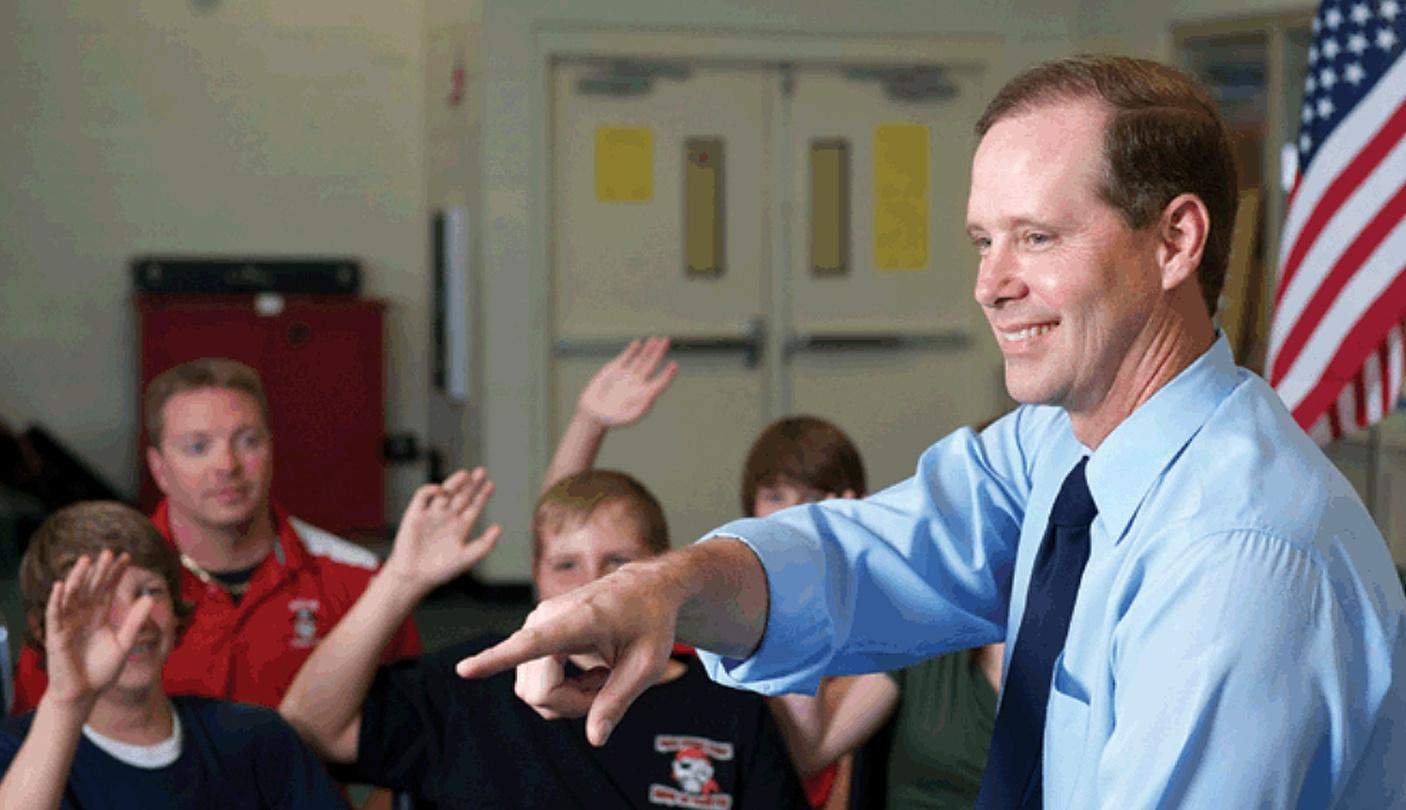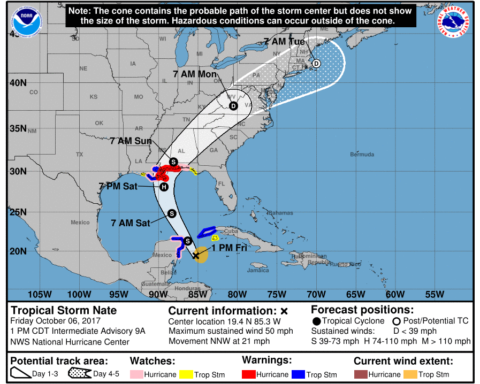After a massive restoration effort, most of Florida has power 10 days after Hurricane Irma knocked out electricity to nearly two-thirds of the state, mostly because of improvements made to the power grid since Hurricane Wilma 12 years ago.
But that may do little to stem a growing backlash over the widespread outages that caused misery across the state and sparked sharp criticism from residents and elected officials. One top utility official apologized this week for how long it took to bring back electricity.
Adding to the furor: Nine people who were in a Florida nursing home died amid sweltering heat after the home lost power for its air conditioner.
In the immediate aftermath of Irma’s fury, some 6.7 million homes and businesses were without power. By Wednesday, that number had dropped to more than 75,000.
The pace of restoring power, however, did little to comfort those without it.
Chris Galardi, who lives in a beachside town a few miles north of Daytona Beach, said he hasn’t noticed any visible signs of improvement in Florida’s electrical grid, and it doesn’t seem to work any better than it used to.
Galardi, a software support technician who normally works from home, hasn’t seen any new utility equipment go up in his area since crews replaced poles knocked down by Hurricane Matthew in 2016. Galardi said the results have been the same from Matthew and Irma: Five days without power.
“The proof is in the pudding,” he said. “It went down pretty quickly.”
Despite the frustrations, people are waiting less time after improvements since Wilma and Hurricane Charley in 2004. Utilities spent billions of dollars “hardening” the Florida power grid by replacing wooden poles for power lines with concrete or steel poles, elevating substations and taking other steps to prepare for hurricane-level winds and flooding.
Those changes helped Florida’s power grid withstand the destructive power of Hurricane Irma, utility experts said.
“Without the storm hardening, we would have seen much more prevalent structural damage,” said Eric Silagy, the CEO of Florida Power & Light, the state’s largest utility.
Wilma walloped the state’s power resources and splintered thousands of utility poles, keeping the lights off for weeks in some parts of the state. Only 25 percent of Florida Power & Light’s customers had their power restored within two days of that storm. Company officials said they restored power to more than 50 percent of their customers in the 48 hours following Irma.
The city of Coral Gables in Miami-Dade County sent a letter to Florida Power & Light last Friday, saying the utility was “inadequately prepared” to respond to the storm even though the utility said it brought in more than 22,000 utility workers from around the county. State legislators in central Florida took aim at Duke Energy, saying that customers in Seminole County were losing their patience with the company.
The South Florida Sun-Sentinel reported Sunday that some retirees resorted to hanging a sign outside their complex that read: “Help Still No Power.”
“It’s horrible, horrible,” Barbara Blumlo-Driham, 68, told the newspaper. “A nightmare.”
Harry Sideris, Duke Energy Florida president, earlier this week apologized for “not meeting our customers’ expectations.” The company came under fire for not meeting its initial restoration predictions.
“They expect and deserve better from us,” Sideris said. “Our customers are angry and frustrated that we could not provide them better information.”
Florida power companies may be victim of their own success in preparing for and responding to hurricanes, argued energy analyst Christi Tezak.
“Folks in Florida don’t have a full understanding of how badly they’ve been clocked. Everybody thinks their power should come on as soon the wind stops. It doesn’t work that way,” said Tezak, managing director of ClearView Energy Partners, a Washington-based research firm.
“You’re hot, you’re grouchy – no sleep – you want your air conditioning back,” Tezak added. “The truth is (power) came online much faster in this storm than in Wilma.”

